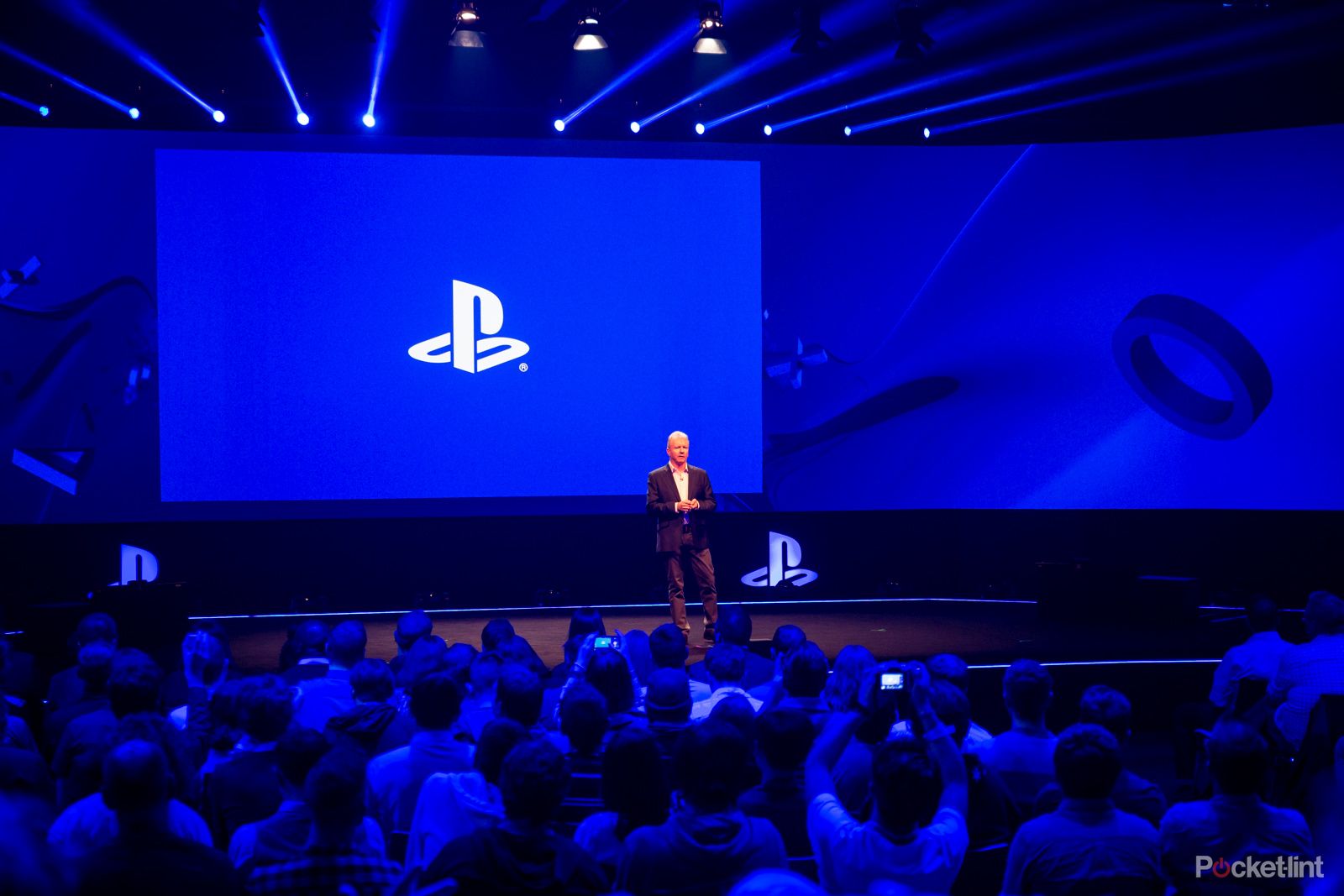The PlayStation 5 will be backwards compatible, have solid-state storage, have ray tracing capabilities and will work with the existing PSVR. Studios are already working on titles for the console, which we believe will be with us in 2020.
In a Sony-sanctioned article which has come out of the blue, US website Wired has had serious access to the PS5's development process. As long suspected, the article makes it clear that the console won't be with us in 2019, meaning it absolutely has to be slated for 2020.
The article is based around contributions from Mark Cerny, lead system architect for PS5. The article confirms that the eight-core CPU is based on AMD's 7nm process and has the same Zen 2 microarchitecture as its awesome lineup of Ryzen PC processors.
As with many consoles of present and past, the PS5 will use AMD Radeon graphics, too. Wired says it will be a "custom variant" of Radeon's Navi microarchitecture that supports ray tracing - we are expecting next-gen Navi graphics cards for PCs to launch at E3 2019 in June.
The console will also include an SSD. To demonstrate the speed improvement, Cerny showed a Spider-man running on PS4 Pro and a PS5 dev kit (hello backwards compatibility).
On the PS4 Pro, it took 15 seconds to load the next part of the game, this was 0.8 seconds on the PS5 dev kit. Cerny wouldn't be drawn on any details of the SSD itself.
Cerny also revealed that the AMD silicon also incorporates 3D audio tech that will "show how dramatically different the audio experience can be when we apply significant amounts of hardware horsepower to it.”
Essentially, PS5 should be pretty good at immersive audio.
Cerny wouldn't be drawn on the VR's relation to PS5 but PSVR will be compatible with the new console and that "VR is very important to us". Likewise Cerny wouldn't be drawn on cloud gaming a la Google Stadia and Xbox Project xCloud but said "our vision should become clear as we head toward launch".
To us, that means Sony will be in the mix.

